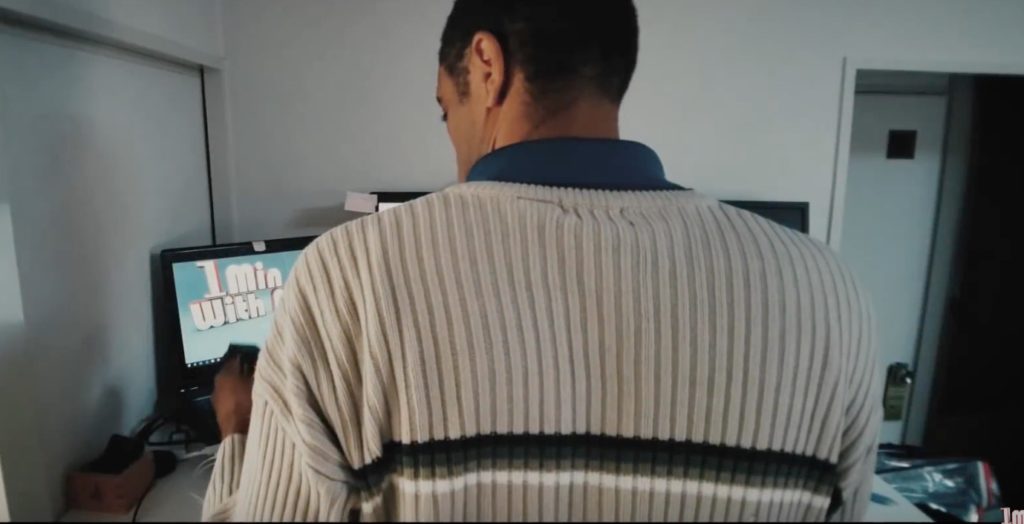When Petaluma High valedictorian Lulabel Seitz departed from her prepared speech, the school administration cut the microphone. Suddenly the audience could not hear the young woman’s comments about the difficulties that she and her classmates had to deal with. Something very similar occurs in Frank Capra’s 1941 classic “Meet John Doe.” As soon as the title character—played by Gary Cooper—veers from his script to reveal a painful truth, the authorities pull the plug. But in the 21st century, that strategy no longer works. Ms. Seitz, adept with social media, simply recorded her message on a smartphone and uploaded it. The result is a stunning example of free speech going viral.
Commenters on social media debate the ethics of the school’s action. Some claim that it was a clearcut example of censorship. Others argue that the administration acted reasonably because the speaker broke her promise to deliver the valedictory as written. But both sides miss the bigger story: Thanks to YouTube, the authorities do not control speech. There is always a chance that what ordinary people say may reach a vast audience. In this case, within a week, Lulabel Seitz’s speech had been viewed more than 75,000 times and covered by main stream media such as The Hill. By comparison, Abraham Lincoln’s audience numbered about 15,000.



 Previous post
Previous post
 Next post
Next post





